Bahariya Oasis, located about 365 kilometers (227 miles) southwest of Cairo, is one of Egypt’s most captivating oases. Nestled within the vast expanse of the Western Desert, Bahariya is a lush, green haven surrounded by golden sand dunes, rugged mountains, and stark desert landscapes. This oasis has been a vital part of Egyptian history for thousands of years, serving as a center for agriculture, trade, and mining. Today, it is not only an important agricultural hub but also a growing tourist destination, attracting visitors with its unique combination of natural beauty, historical sites, and therapeutic hot springs.
The history of Bahariya Oasis dates back to ancient times, with evidence of human settlement as far back as the Pharaonic era. The oasis was a crucial agricultural center during the New Kingdom (1550-1070 BCE), supplying the Nile Valley with wine, dates, and olives. The ancient Egyptians also mined the surrounding mountains for valuable minerals, including iron, which was essential for the production of tools and weapons.
During the Greco-Roman period, Bahariya flourished as a center of trade and agriculture. The oasis was strategically located on the trade routes between the Nile Valley, the Mediterranean, and the Western Desert, making it a vital stop for caravans and merchants. The region’s fertile land supported the cultivation of a wide variety of crops, including wheat, barley, and grapes, which were used to produce wine that was highly prized throughout the ancient world.
The oasis’s prosperity continued into the Islamic period, with the development of new irrigation techniques that allowed for more efficient farming. Bahariya became known for its date palms, which produce some of the finest dates in Egypt, and its hot springs, which were believed to have therapeutic properties.
In modern times, Bahariya Oasis gained international attention with the discovery of the Valley of the Golden Mummies in 1996, one of the most significant archaeological finds in Egypt in recent decades. This discovery, along with the oasis’s stunning natural beauty and unique desert landscapes, has made Bahariya a popular destination for tourists seeking to explore Egypt’s lesser-known treasures.
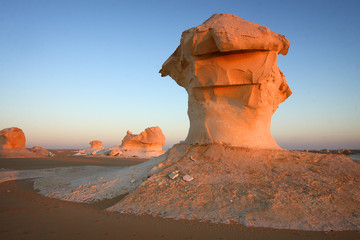
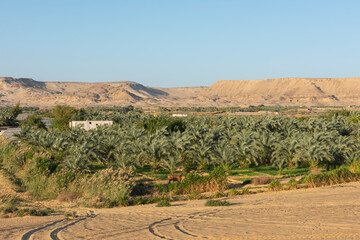
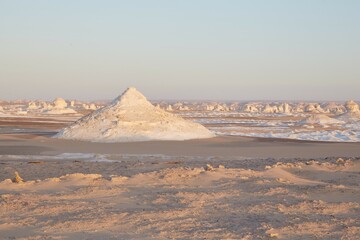
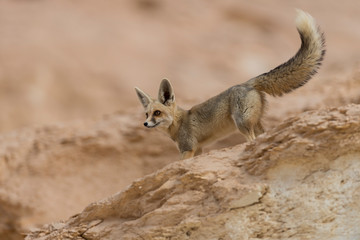
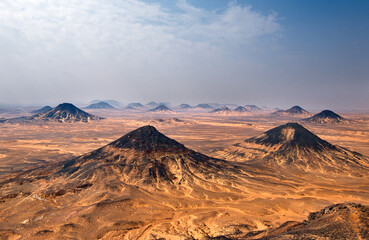
Bahariya Oasis offers a wealth of attractions for visitors, from ancient tombs and temples to breathtaking desert landscapes and natural wonders. Here are the top 10 must-visit sites in Bahariya Oasis, each offering a unique experience that showcases the region’s rich history and natural beauty.
Description: The Valley of the Golden Mummies is one of the most remarkable archaeological sites in Egypt, discovered by accident in 1996 by a local guard named Zahi Hawass. The site, located near the village of Bawiti, contains the remains of over 250 well-preserved mummies dating back to the Greco-Roman period. Many of the mummies are adorned with gilded masks and elaborate jewelry, providing valuable insights into the funerary practices and beliefs of the time.
Historical Significance: The discovery of the Valley of the Golden Mummies is considered one of the most significant archaeological finds of the 20th century. The site sheds light on the rich cultural and religious life of Bahariya Oasis during the Greco-Roman period, and it has helped historians better understand the region’s role in ancient Egyptian society.
Description: The Temple of Alexander the Great is a small but historically significant temple located in the village of Qasr El-Bawiti. The temple, built during the reign of Alexander the Great, is the only known temple in Egypt dedicated to the famous Macedonian ruler. The temple features inscriptions and reliefs depicting Alexander as a pharaoh, emphasizing his role as a ruler of Egypt.
Historical Significance: The temple is a testament to the importance of Bahariya Oasis during the reign of Alexander the Great and the subsequent Ptolemaic period. It highlights the oasis’s role as a center of worship and political power in the Western Desert.
Description: El-Beshmo Springs are natural hot springs located near the village of Mandisha, known for their therapeutic properties. The springs are surrounded by palm groves and lush vegetation, creating a tranquil oasis in the desert. Visitors can relax in the warm, mineral-rich waters, which are believed to have healing effects on the skin and joints.
Significance: The springs have been used for centuries by the local population for their medicinal properties. They are a popular destination for visitors seeking relaxation and natural healing in the serene desert environment.
Description: Gebel al-Ingleez, also known as English Mountain, is a prominent hill located near the village of Bawiti. The mountain was named after a British officer, Captain Williams, who used it as a lookout during World War I. At the summit, visitors can find the ruins of a small stone hut and enjoy panoramic views of the surrounding oasis and desert.
Historical Significance: The mountain serves as a reminder of Bahariya’s strategic importance during World War I, when it was used as a base by British forces. Today, it is a popular hiking destination, offering visitors a glimpse into the region’s recent history and stunning natural beauty.
Description: The Black Desert is a unique and otherworldly landscape located between Bahariya Oasis and the White Desert. The area is characterized by volcanic hills covered in black basalt stones, giving the desert its distinctive appearance. The contrast between the dark hills and the surrounding golden sand creates a striking and surreal landscape that is a photographer’s dream.
Significance: The Black Desert is a geological wonder, showcasing the volcanic activity that once shaped the region. It is a popular destination for desert safaris and photography enthusiasts, offering a unique glimpse into the natural history of the Western Desert.
Description: Although technically located closer to the neighboring Farafra Oasis, the White Desert is often visited as part of a trip to Bahariya Oasis. This national park is famous for its stunning white limestone formations, sculpted by wind and sand over millennia into bizarre and beautiful shapes that resemble mushrooms, animals, and other natural forms. The White Desert is a truly unique landscape that has to be seen to be believed.
Historical Significance: The White Desert is not only a natural wonder but also an important part of Egypt’s protected areas, showcasing the delicate and awe-inspiring beauty of the desert environment. It is a popular destination for camping under the stars, providing visitors with an unforgettable experience of the Egyptian desert.
Description: The Tomb of Bannentiu is one of the most well-preserved and richly decorated tombs in Bahariya Oasis. Located in the ancient necropolis of Qarat Qasr Salim, the tomb dates back to the 26th Dynasty (664-525 BCE) and belonged to a wealthy local merchant named Bannentiu. The tomb’s walls are adorned with colorful frescoes depicting scenes from the Book of the Dead, as well as images of Bannentiu and his family.
Historical Significance: The tomb is a testament to the wealth and cultural sophistication of Bahariya Oasis during the late Pharaonic period. It provides valuable insights into the religious beliefs and funerary practices of the time, and it is one of the most important archaeological sites in the oasis.
Description: The Golden Mummies Museum, located in Bawiti, is a small but fascinating museum dedicated to the mummies discovered in the Valley of the Golden Mummies. The museum houses a selection of the most well-preserved and elaborately decorated mummies, as well as artifacts and jewelry found in the tombs. The exhibits provide an in-depth look at the mummification process and the cultural significance of the mummies.
Significance: The museum is an essential stop for anyone interested in the archaeology of Bahariya Oasis. It offers a rare opportunity to see these ancient treasures up close and to learn about the region’s rich history and its connection to the wider Greco-Roman world.
Description: Bir al-Ghaba and Bir al-Matar are two of the most famous hot springs in Bahariya Oasis, known for their therapeutic properties. The springs are located in the desert, surrounded by palm trees and sand dunes, creating a peaceful and secluded environment. The water in these springs is naturally heated and rich in minerals, making them ideal for bathing and relaxation.
Significance: These hot springs have been used for centuries by locals for their healing properties. Today, they are a popular destination for visitors seeking relaxation and natural wellness treatments in the tranquil desert setting.
Description: The Great Sand Sea is a vast expanse of rolling sand dunes that stretches from the Bahariya Oasis into the heart of the Western Desert. The dunes are some of the highest in Egypt, reaching heights of up to 100 meters (328 feet). The area is a paradise for adventure seekers, offering opportunities for dune bashing, sandboarding, and camel trekking.
Significance: The Great Sand Sea is one of the most awe-inspiring natural landscapes in Egypt, showcasing the power and beauty of the desert environment. It is a must-visit destination for anyone looking to experience the thrill of the desert and the solitude of the vast, uninhabited sands.
Bahariya Oasis is a hidden gem in Egypt’s Western Desert, offering a unique blend of natural beauty, historical significance, and cultural richness. From the ancient tombs and temples that tell the story of the oasis’s rich past to the stunning desert landscapes that surround it, Bahariya is a destination that offers something for every type of traveler. Whether you’re interested in archaeology, adventure, or simply soaking in the serene beauty of the desert, Bahariya Oasis has something to offer.
The top 10 attractions highlighted in this guide provide a comprehensive overview of what makes Bahariya Oasis such a special place. Each site offers a unique experience, from exploring ancient tombs and temples to discovering the breathtaking natural wonders of the Black and White Deserts. As more visitors discover the charms of Bahariya, it is likely to become an increasingly popular destination for those seeking to explore Egypt’s lesser-known treasures. Whether you’re a seasoned traveler or a first-time visitor to Egypt, Bahariya Oasis is a destination that should not be missed.
©2025 Elite Travel Gate All Rights Reserved